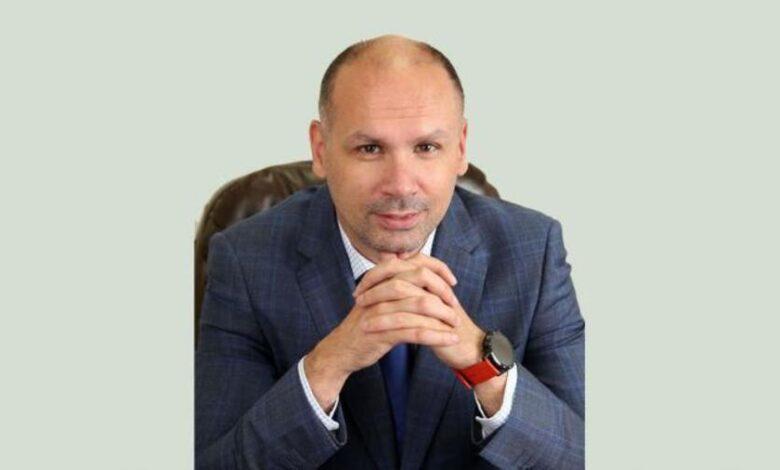Dmitry Zamotayev talks about how to save and increase money in bank deposits

In the conditions of a protracted war, an unstable economy and high inflation, Ukrainians increasingly ask themselves the question: how to preserve their own savings, so that they do not lose their value tomorrow? Cash in the house is not only a risk, but also a loss of purchasing power due to the constant rise in prices. Currency is expensive and volatile, and investing is difficult and risky for most average citizens. Against this background, traditional bank deposits again attract attention as the most understandable and reliable instrument of financial stability. But is it really worth taking money to the bank now? And most importantly, is the deposit able to protect against inflation? Dmytro Zamotaev, director of the retail business department of Globus Bank shared your thoughts on this matter.
According to Dmytro Zamotaev, Ukrainians should seriously consider bank deposits as a tool to protect funds from devaluation. He emphasizes that today the rates on hryvnia deposits for individuals have increased significantly. On average, the yield on deposits varies between 13-14.5% per annum, and this is what makes it possible to receive passive income even under inflation conditions.
As he explains, the key issue for citizens remains the expected profit, taking into account taxes and the storage period. If, for example, you deposit 10,000 hryvnias for three months at 13% per annum, then after taxation, the depositor will receive about 250 hryvnias. If the same amount is placed for six months at 14.5%, the net income will be more than 550 hryvnias. And for nine months – almost 840 hryvnias. The highest net profit — a little over a thousand hryvnias — brings an annual deposit of 13.5%.
Zamotaev believes that in the coming months, deposits for six to nine months will be the most profitable for depositors. In addition, banks are preparing additional bonuses for new customers: promotional programs can increase the rate by another 0.5–1.5 percentage points.
The expert advises to approach the choice of deposit strategically. First of all, evaluate the amount of free funds and your own financial plans. This makes it possible to avoid premature termination of the contract, which leads to the loss of part of the income. It is not necessary, he notes, to invest the entire amount in one deposit. It is optimal to allocate the funds: to place a part for an ultra-short term, the other for a longer term. The ideal option can be considered the placement of up to 50% of all funds.
For those who only want to temporarily and safely store funds, for example, during short-term changes of residence, deposits for three to six months are the most acceptable. According to the expert, they make it possible to minimize risks and at the same time preserve the purchasing power of money.
Zamotaev emphasizes: in order to feel a real income, the amount of the deposit should exceed 10 thousand hryvnias, and the term should be six months. It is for these terms that banks often offer the highest rates.
He pays particular attention to the details of deposit conditions. It is important to pay attention to the possibility of replenishing the deposit, withdrawing accrued interest, automatic extension after the end of the term, and the presence of penalties in case of early termination. Zamotaev advises using deposit calculators provided by banks to accurately calculate future profits. And also — draws attention to the possibility of opening a deposit remotely through a mobile application: this significantly saves time.
He emphasizes that during martial law, all deposits are protected by the state, and therefore, keeping funds in the bank remains safe. However, he warns, one should not perceive deposits as a way to get rich quickly. Citizens often overestimate the expected income, focusing only on advertising with annual rates. In fact, it is more important to soberly calculate the profit and not forget about taxes.
As Zamotayev concludes, hryvnia deposits are the most understandable and effective way to protect funds, especially when it comes to small amounts. However, given the positive changes in the economy, he suggests that in the second half of 2025, rates will begin to decline and return to the level of early 2024. So those who are thinking about making a contribution should act now.





